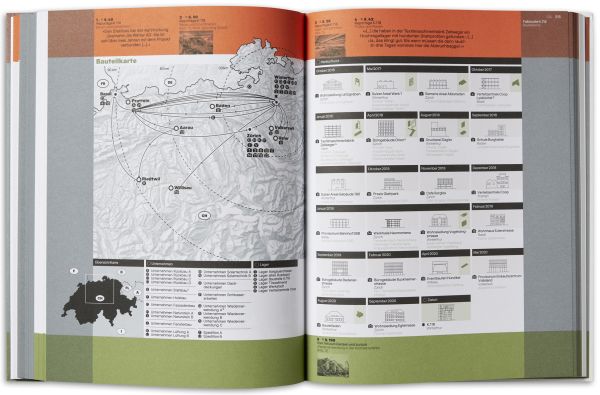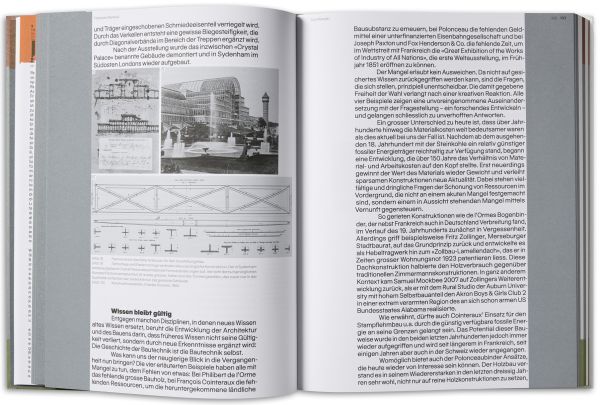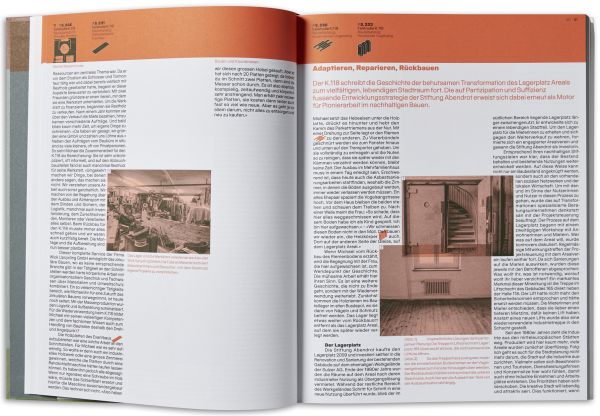Reuse in Construction
A Compendium of Circular Architecture
Circular architecture offers huge potential in saving increasingly scarce resources and avoiding harmful greenhouse gas emissions, and leads to a more sustainable and energy-saving construction process
GVA Gemeinsame Verlagsauslieferung Göttingen
GmbH & Co. KG
P.O. Box 2021
37010 Göttingen
Germany
+49 551 384 200 0
info@gva-verlage.de
Re-using entire parts and components of existing buildings in the construction of new structures has become highly topical in European architecture discourse. Re-using elements that could last for decades longer, rather than destroying them, offers huge potential in saving increasingly scarce resources. Moreover, it makes construction more climate-friendly through deep cuts in energy consumption and the emission of greenhouse gases. For millennia, disused buildings have been cannibalized for the construction of new ones. Yet, in today’s world, what is known as circular architecture raises a multitude of questions and challenges with regard to technology, safety, energy, and associated legal aspects.
This book is a unique compendium of circular architecture. Richly illustrated, it explores comprehensively through essays and illuminating conversations between experts all the questions and challenges that architects and engineers face with circular architecture designs. It is based on the case study of the K.118 project in Winterthur, Switzerland’s largest building to date that consists mainly of re-used parts. Since its outset in 2018, the K.118 project has been evaluated within the framework of an interdisciplinary research with regard to aspects of design and engineering, energy, economy, processes, and legal issues. This volume presents the results in striking visuals and concise texts.






